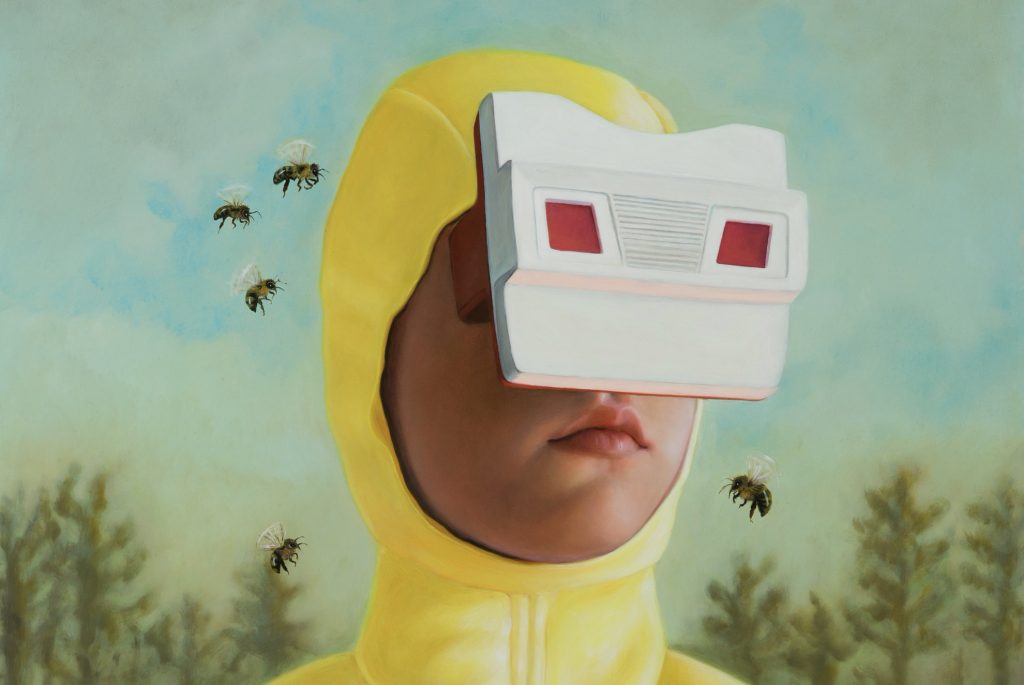
“The fox is an ambivalent animal and a potential model for our primitive selves, thriving on waste and instigating a cycle from which accumulation and excess become productive again.” – From exhibition text ‘The Pale fox, Camille Henrot’ Chisenhale Gallery, London.
The future junk of now will define us.
We have been through a lot. And a lot has been gone through. We are going through resources at in increasing rate – discarding, exploiting and piling up.
From office spaces sitting empty to unread emails, disposable facemasks, disposable coffee cups, rooms kept at a constant temperature, continually updated technologies, shrinkwrapped deliveries, insta-posts without followers and twitter accounts with little to say, we are perpetually leaking and discarding.
“To think about design demands an archaeological approach. You have to dig. Digging, documenting, dissecting, discussing – digging, that is, into ourselves.” – Beatriz Colomina and Mark Wigley, Are We Human?
Rubbish dumps are an essential part of archeology’s attempts to reveal how a civilization has lived. Geological epochs are defined by what is added to the earth’s crust, with genetically modified chicken bones being the current marker of the Anthropocene, and new and as yet unknown techno fossils marking the so-called impending Novacene.
Alongside physical waste, we are rejecting past histories, erasing marginalised voices, finding lost voices, and adapting narratives, drowning statues in rivers and seeking new structures. But we are also in an ever-increasing surplus of information and data while our personal knowledge is in reverse, disconnecting as much as connecting. Facts are getting drowned in rhetorical effluent, confusing objective trajectories, becoming justification for dubious fortifications and obscuring the horizons of critical thinking. Perhaps in waste, in the discarded and ignored – liberated from spectacle, cycles of consumption, algorithmic determination, and maybe even temporal and geographical context – other potentials can be deciphered or imagined.
“But from where does the accumulation of matter, energy, and information inherent to the architectural object come? And is it really an object, or merely the hardened edge of larger, planetary relations?” – Kiel Moe, Metabolic Rift, Gift, and Shift.
It is in this context that we position Unit 20. Sifting through objects and artifacts with particular attention to their interrelationships, alternative possible histories and futures, and on the look-out for lost or new meanings and intelligences.
“One species’ inefficient waste is another species’ intake.”- Kiel Moe, Metabolic Rift, Gift, and Shift.
We will assemble collections of the ignored, the deficient and the ontological oddity to form personal ‘knowledge zones’ about what is, has been, or could be, arising from an intimate engagement with the processes that surround our materials and references. We will look at these at a range of scales
We will head down the Thames Estuary where the ever-changing edges of London meet the fields and shores of Essex. Here we will site our found knowledge to form new typologies and prototypes of architecture for the near future.
Selected reading and references –
THE CARRIER BAG THEORY OF FICTION, In Dancing at the edge of the world, By Ursula K. LeGuin
ACCUMULATION. Metabolic, Rift, gift and shift, By Kiel Moe:
https://www.e-flux.com/architecture/accumulation/345105/metabolic-rift-gift-and-shift/
FICTION PRACTICE: PROTOTYPING THE OTHERWORLDLY, Edited by Mariana Pestana
TOO MUCH WORLD: IS THE INTERNET DEAD? By Hito Steyerl:
https://www.e-flux.com/journal/49/60004/too-much-world-is-the-internet-dead/
MEDIUM DEISGN, By Keller Easterling